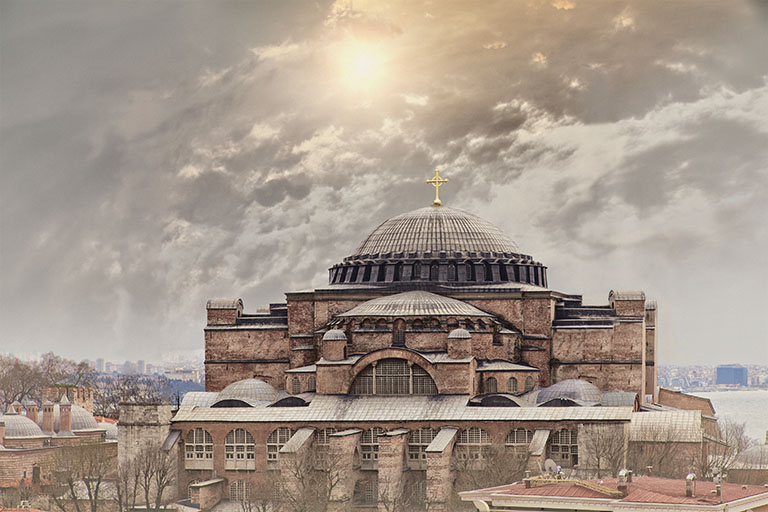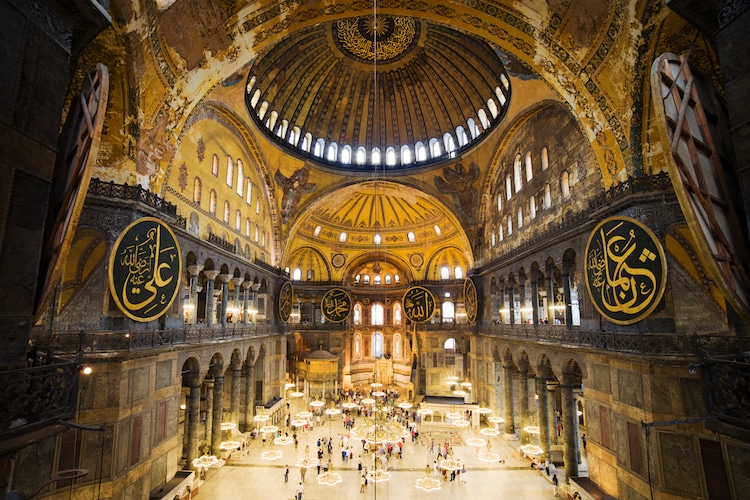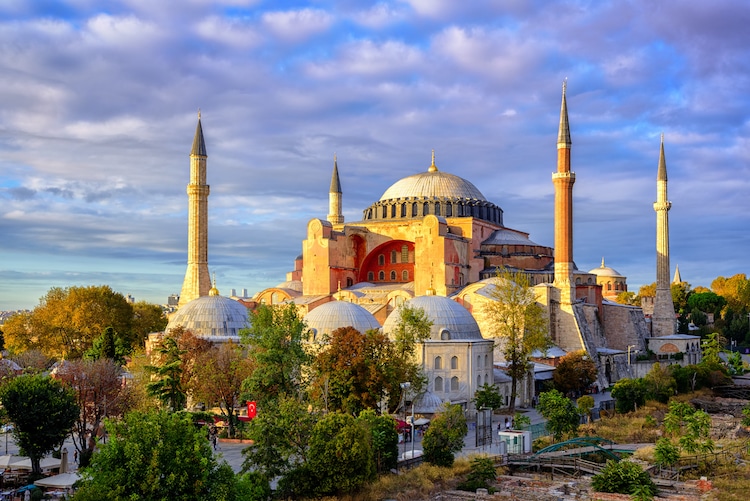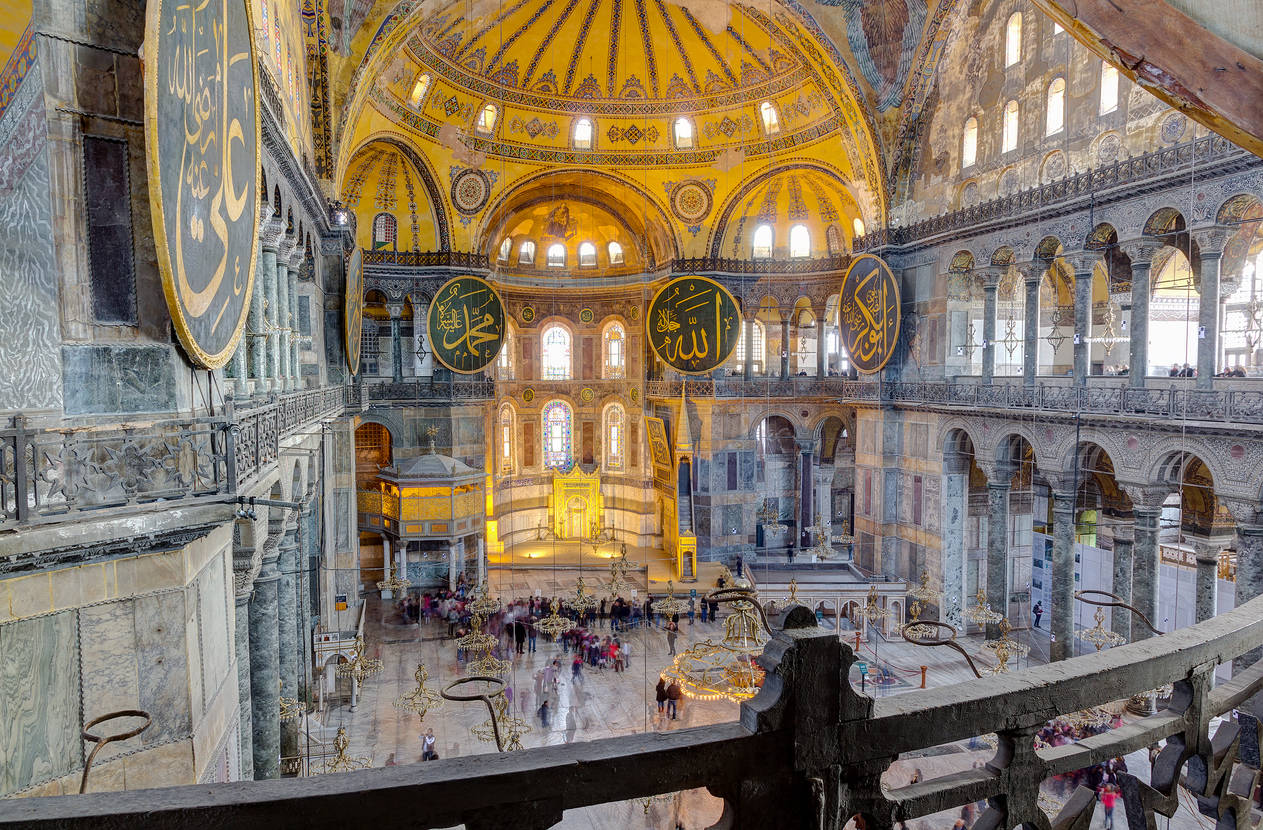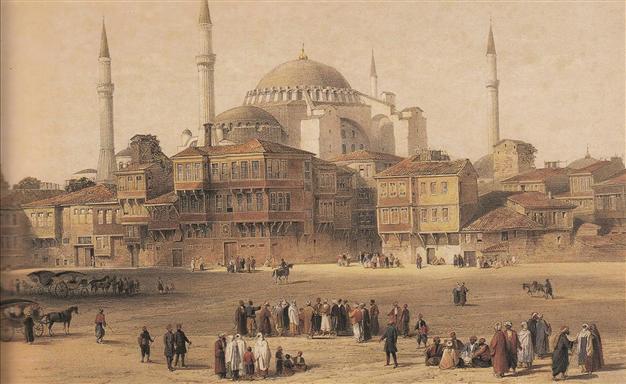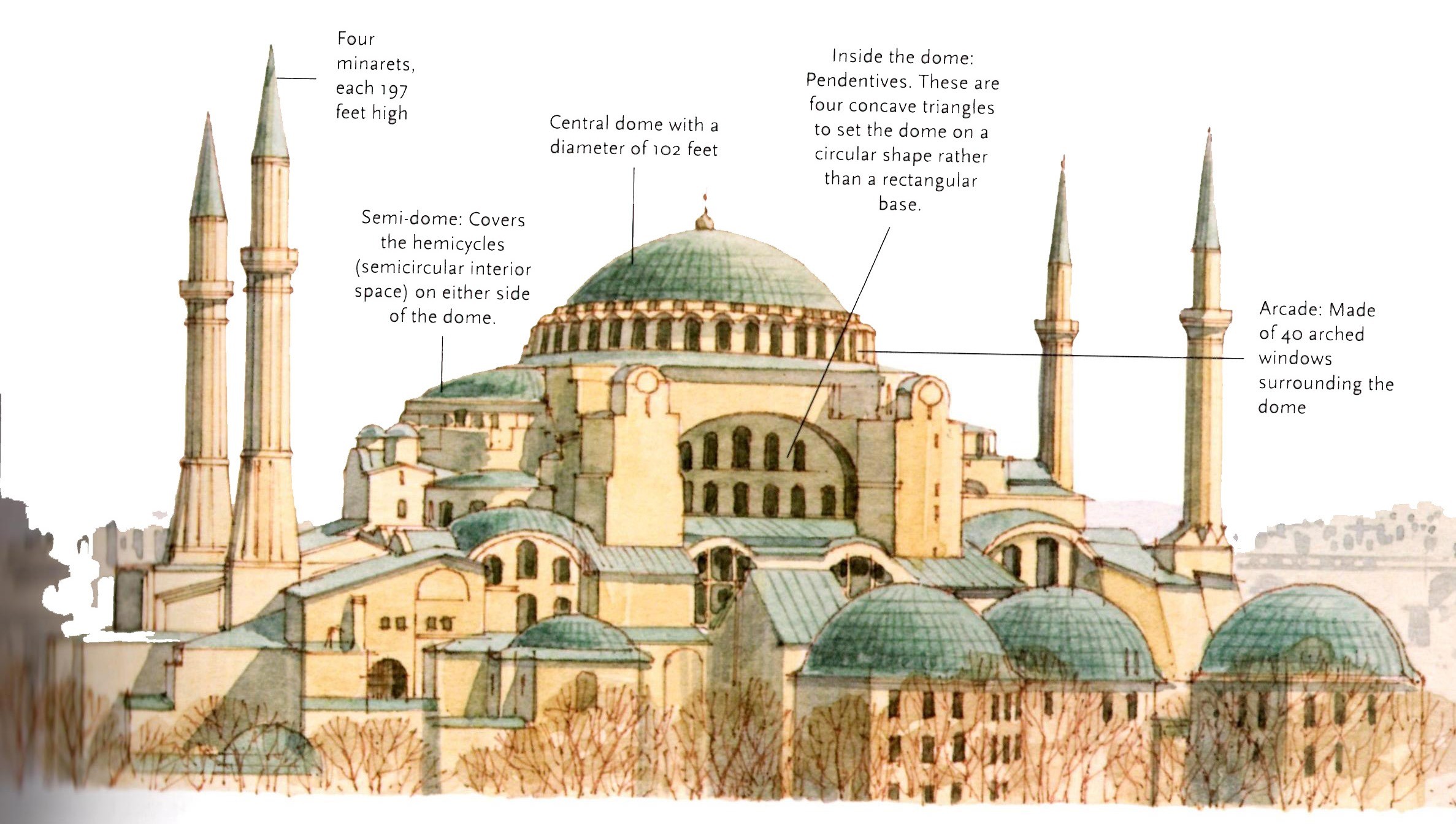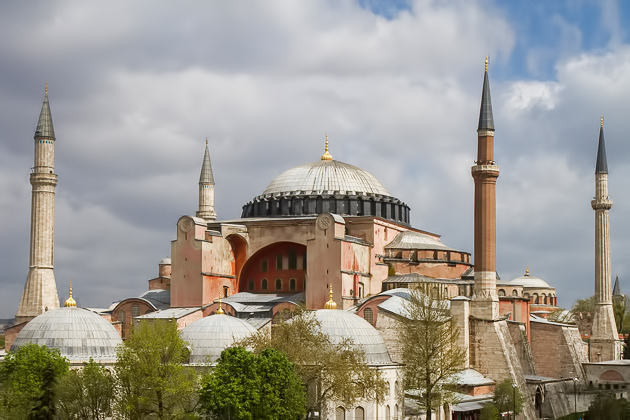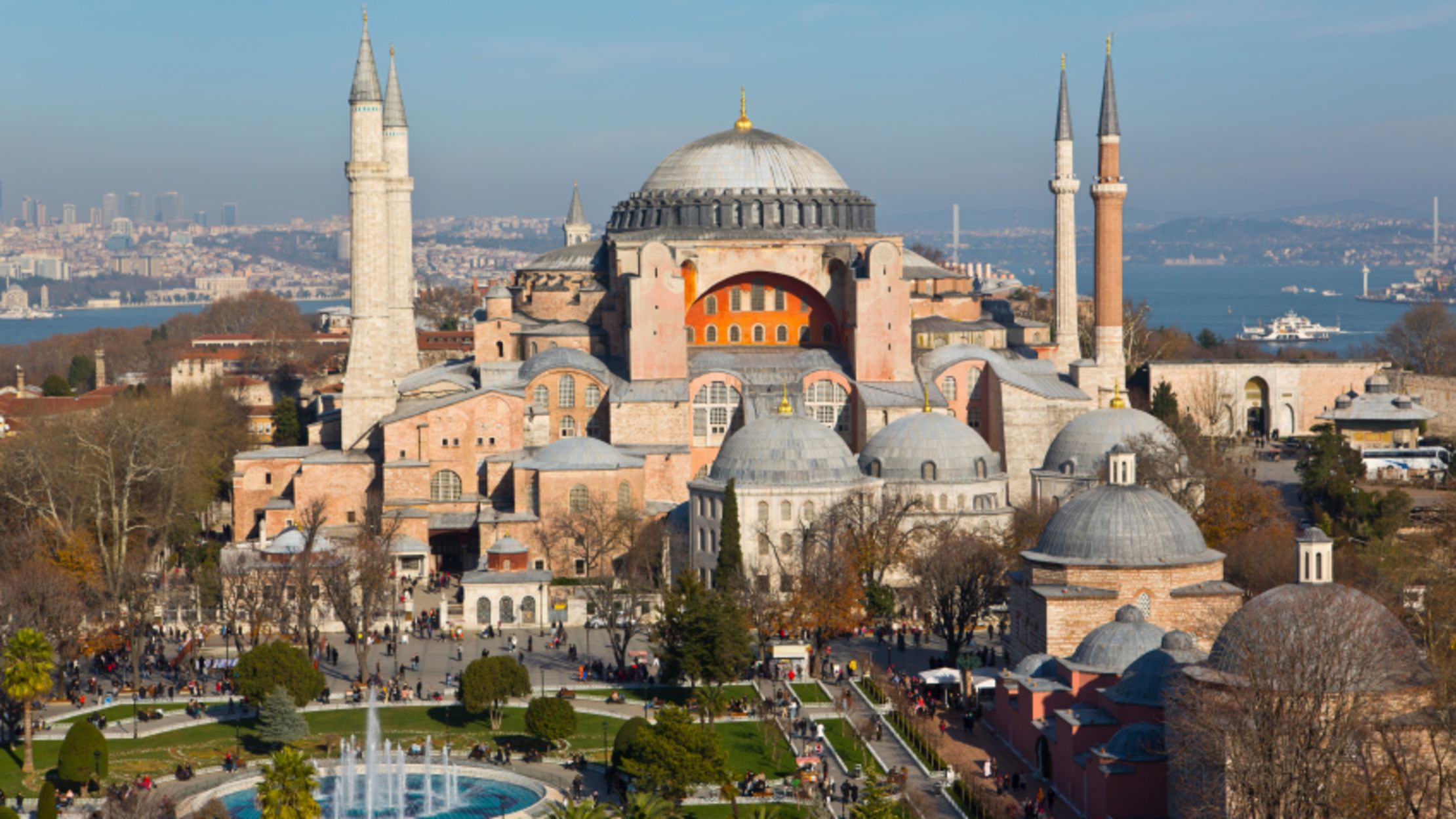The Hagia Sophia History
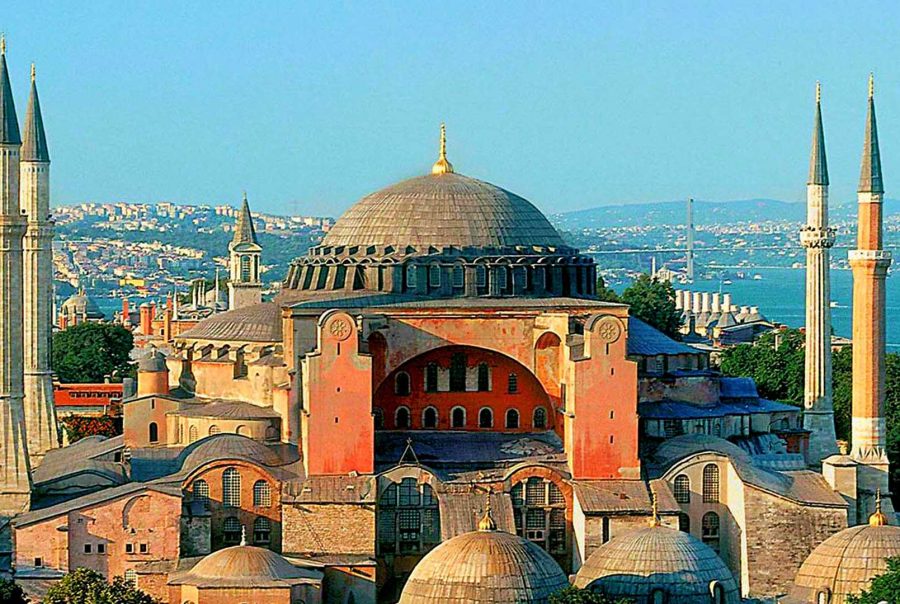
The storied history of the hagia sophia back to video it remained as such for nearly 500 years.
The hagia sophia history. While there was considerable excitement as crowds headed. Turkish president recep tayyip erdogan is scheduled to join hundreds of worshipers friday july 24 2020 for the first muslim prayers at the hagia sophia in 86 years weeks after a controversial high court ruling paved the way for the landmark monument to be turned. The first hagia sophia was built in 360. Hagia sophia was built as an orthodox christian cathedral and first converted into a mosque after the ottoman conquest nine centuries later.
Additionally hagia sophia became more important with time as subsequent architects became inspired by the dome when building later churches and mosques. Completed in 537 it was among the world s. Visitors walk inside the byzantine era hagia sophia in the historic sultanahmet district of istanbul friday oct. The hagia sophia was built in the year 537 by byzantine emperor justinian i overlooking the golden horn harbour in constantinople on the site of two previously destroyed churches.
Rowland mainstone argued the 4th century church was not yet known as hagia sophia. Hagia sophia cathedral built at constantinople now istanbul turkey in the 6th century ce under the direction of the byzantine emperor justinian i. With the fall of the ottoman empire during the first world war a new secular. Hagia sophia or the church of holy wisdom was built by the byzantine emperor justinian i on the site of an destroyed basilica of the same name.
On the contrary to the popular belief it was donated by constantinus ii not by constantine the great. According to early accounts the first hagia sophia was built on the site of an ancient pagan temple although there are no artefacts to confirm this. Hagia sophia greek ἁγία σοφία for holy wisdom was designed to be the major basilica of the byzantine empire and held the record for the largest dome in the world until the duomo was built in florence in the 15th century ce.



